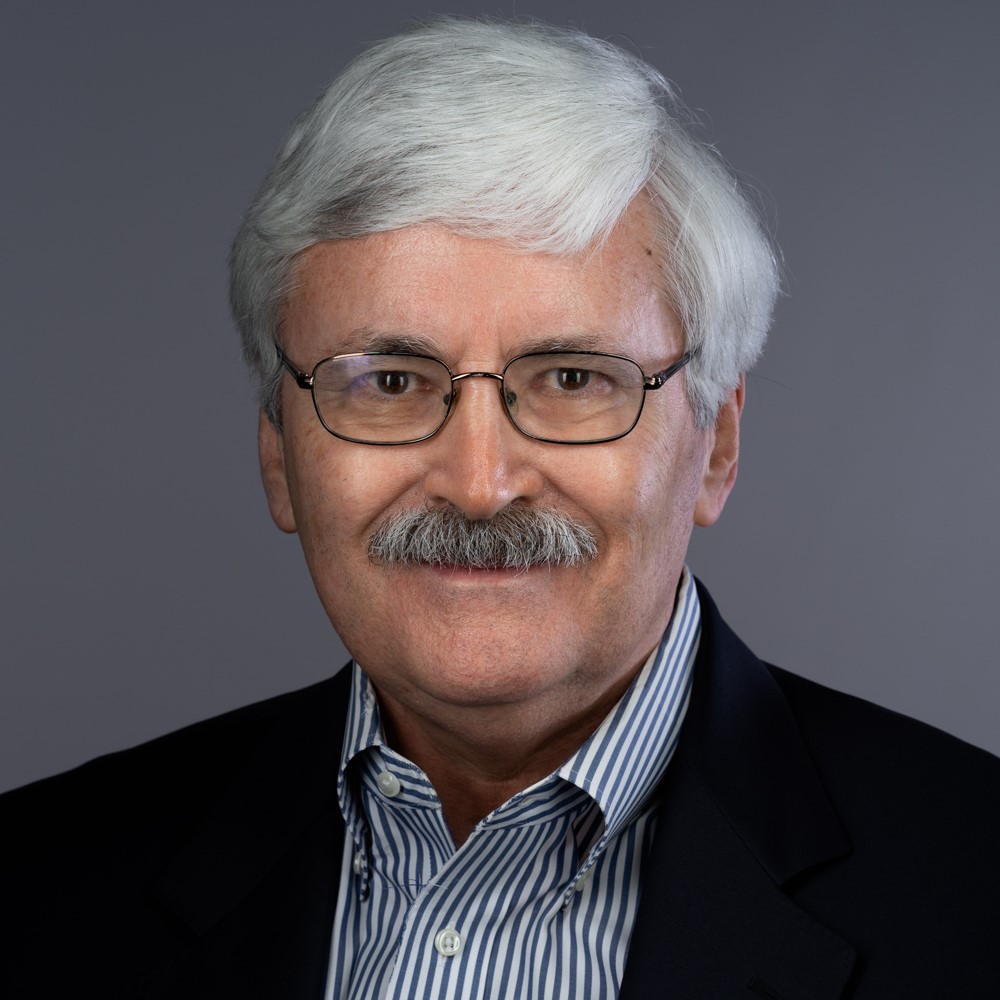Tennessee court pilots new ODR platform to mediate medical debt disputes

Photo illustration by Sarah Wadford/Shutterstock.
As local and state courts across the country continue to face growing backlogs, one Tennessee small claims court is attempting to address this issue by piloting an online dispute resolution platform to keep medical debt collection out of the courtroom.
Judge Alexander McVeagh of the Hamilton County General Sessions Court, in partnership with the Tennessee Supreme Court, the Tennessee Administrative Office of the Courts and Legal Aid of East Tennessee, has created an ODR platform that patients of the Erlanger Health System’s Chattanooga providers can access 24/7 to get assistance with resolving their medical debts.
Through the platform, patients can communicate with the hospital or health center about payment options and ways to potentially reduce their bills, and they can use the pro bono services of a trained mediator to reach a settlement, if needed.
“We heard a lot about these platforms being used after a lawsuit was filed,” McVeagh says. “What if we designed a system that maybe kept lawsuits from even being filed in the first place?”
McVeagh and leaders from Tennessee legal entities were inspired by similar efforts in Utah to pilot ODR in its small claims courts.
By giving patients access to the free ODR platform, the Tennessee pilot aims to reduce caseload burdens on the court by tackling outstanding debt pre-lawsuit while improving outcomes for both patients and hospitals.
Why medical debt?
The ODR pilot is focused solely on medical debt. Tennessee has the 10th-highest rate of medical debt in the U.S., according to a 2019 report by the Sycamore Institute, a public policy research center.
According to a Journal of the American Medical Association study, in June 2020, nearly 18% of Americans had medical debt in collections, totaling $140 billion in unpaid medical bills.
A study published by the Pew Charitable Trusts in 2020 says debt cases (including medical debt) as a share of civil dockets “has continued to outpace most other categories. Debt claims were the most common type of civil cases in nine of the 12 states for which at least some court data were available.”
From 1993 to 2013, the study says, debt collection lawsuits grew from an estimated one in nine civil cases to one in four. In a handful of states where data through 2018 is available, the growth of debt collections cases continued to outpace most other categories.
For example, in Texas—the only state for which comprehensive data is available—the small claims courts saw a 140% increase in debt cases from 2014 to 2018, the study says.
McVeagh says his small claims court’s backlog is months behind and was worsened by the pandemic. Medical debt cases are on his docket every week.
Not surprisingly, the pandemic has worsened patients’ medical debt woes across the nation. Those with chronic conditions also are more likely to incur medical debt, and COVID-19 more severely affects those with chronic conditions, says Quynh Chi Nguyen, senior policy analyst for the Community Benefit & Economic Stability Program at Community Catalyst, a nonprofit national health advocacy organization that is unaffiliated with the pilot program.
“With the pandemic, a lot of people lost their jobs, so they lost their health insurance as well,” Nguyen says. “The medical debt adds up for that reason.”
If a consumer ignores contact from a provider about paying medical bills, the provider can involve an attorney to file a civil warrant in small claims court, says J. Patrick Warfield, a partner at Burr & Forman’s Nashville, Tennessee, office and a member of the firm’s creditors’ rights and bankruptcy service group. If defendants don’t show up to court, a default judgment is declared, leaving the debt uncontested.
“There’s this whole host of rights that a judgment creditor can have that really can have significant ramifications on the debtor,” Warfield says.
How it works
Through the platform, patients can communicate with the hospital about payment options, ways to potentially reduce their bills and how to utilize the services of a pro bono mediator to reach a settlement. These mediators undergo 40 hours of training and often are attorneys, although a law degree is not a requirement.
“You have the ability to talk to a neutral mediator that’s approved by the supreme court to tell them your side and will be there along the way to help hopefully facilitate some sort of resolution,” McVeagh says.
The mediator then communicates with the provider about potential financial assistance available to the patient or a reasonable amount for settling the debt. This is all happening asynchronously via written communication on the platform rather than in-person or over the phone simultaneously.
“The last thing we wanted to do was just give the hospital a better collection tool. We wanted this to be truly serving the public,” McVeagh says.
The pilot group created its own platform with Michigan-based ODR technology company Matterhorn by securing a grant from the State Justice Institute and through supplemental sponsorship from the Tennessee Supreme Court’s Alternative Dispute Resolution Commission and Access to Justice Commission.
“You’re possibly taking some business away from a lawyer or from a debt buyer or from a collection company. In a lot of places, some of these technologies were fought,” McVeagh says. “We took a lot of time really laying the groundwork and the partnerships so that one subset of folks that are affected by this pilot weren’t going to go and tank it.”
Attorneys at Legal Aid of East Tennessee worked on creating FAQs to ensure the language on the platform was understandable to patients and not full of legalese. Even though the platform is used pre-lawsuit, users are informed they can contact Legal Aid with questions.
Cathy Allshouse, attorney at Legal Aid of East Tennessee, says she’s excited that people have different options to engage before debt escalates to a lawsuit. “Keeping people out of court may seem counterintuitive from a lawyer, but I think it’s a good thing,” she says.
Stephen Shields, chair of the Tennessee Supreme Court Alternative Dispute Resolution Commission, is a partner on the project and coordinates the mediators.
“We made it very clear: As mediators, we’re not debt collectors. That’s not what we do. We’re there to facilitate this discussion,” Shields says.
Some patients avoiding communications with Erlanger felt less intimidated using the ODR platform than by contacting the hospital directly to discuss their debt, according to Shields. For instance, he says, one patient had no idea financial aid was available before registering for the program, and that individual was able to apply to get the debt covered with financial assistance. Other patients were able to settle their debts for lesser amounts.
ODR’s potential
From October to December 2021 (phase 1 of the pilot), 238 email invitations sent to patients resulted in 66 people—who were previously unresponsive to the provider’s communications—engaging with the hospital. Of those 66, 70% resolved their outstanding debt through lump-sum payments, payment plans or financial assistance, potentially resulting in 46 fewer lawsuits filed in small claims court.
About 61% of the responsive patients engaged directly with the platform; the rest chose to communicate with the hospital through other methods to resolve their debt.
In total, $79,775.26 in debt was resolved, with an average saving of 33% to patients.
“The last thing that we want to do is be in court, especially over health care stuff,” says Chris Spady, vice president of revenue cycle at Erlanger. “It’s just a great opportunity for everyone to understand that it’s serious, but at the same time to not have to go through the full proceedings—or hopefully not.”
The Tennessee ODR Steering Committee is evaluating the potential for expansion of the program in Chattanooga or trying to pilot the program in Memphis. McVeagh says he also sees possible applications of the program for other types of consumer debt.
However, if other courts want to adopt medical debt ODR practices, the platforms must be created with patients’ rights in mind, says Mark Rukavina, program director for the Community Benefit and Economic Stability Program at Community Catalyst. He says hospitals need to be in compliance with Section 501(r) of the Affordable Care Act, and mediators should have a good understanding of health care pricing.
“It’s really important to … determine what the person should actually be expected to pay before any other actions are taken,” Rukavina says. “Keeping those bills out of court is a good thing, but the devil’s in the details.”
This story was originally published in the June/July 2022 issue of the ABA Journal under the headline: “Mediating Medical Debt: Tennessee court pilots new ODR platform to address growing medical debt disputes.”



